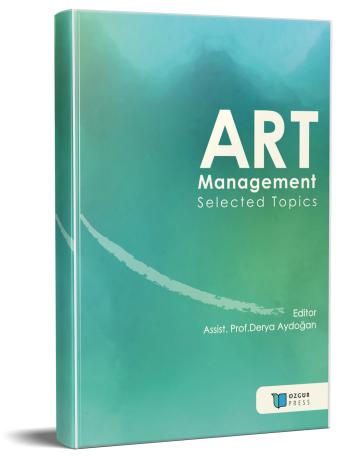
Temporality and Variability of Form in Curatorship
Şu kitabın bölümü:
Aydoğan,
D.
(ed.)
2025.
Art Management: Selected Topics .
Özet
Curatorial practice is a field that has morphologically evolved in line with changing aesthetic paradigms and cultural transformations throughout art history, shaped by temporal sensitivity. It has acquired different meanings depending on the social and technological conditions of each era and has evolved today into a practice that not only selects works but also constructs narratives, designs spaces, establishes multilayered interactions with the audience, and accompanies artists throughout their creative processes. With the technological tools ushered in by the digital age, artificial intelligence systems have been integrated into curatorial practice; they are regarded as functional elements that support processes in areas such as data analysis, thematic grouping and filtering, visual recommendation development, and experience-focused content production. These technologies stand out as tools that accelerate and diversify the curatorial process and offer thematic pre-configurations, without eliminating the curator’s intellectual and intuitive decision-making mechanisms. However, the fact that creative and contextual interpretative power remains with the human curator necessitates viewing artificial intelligence in this field solely as a supportive instrument. Therefore, this study examines how curatorial practice has transformed along the axes of temporality and variability of form, discussing the evolving roles of the contemporary curator within the context of technological advancements.

